A closer look at the Flint House, the 2015 RIBA House of the Year
By Bustler Editors|
Monday, Nov 30, 2015
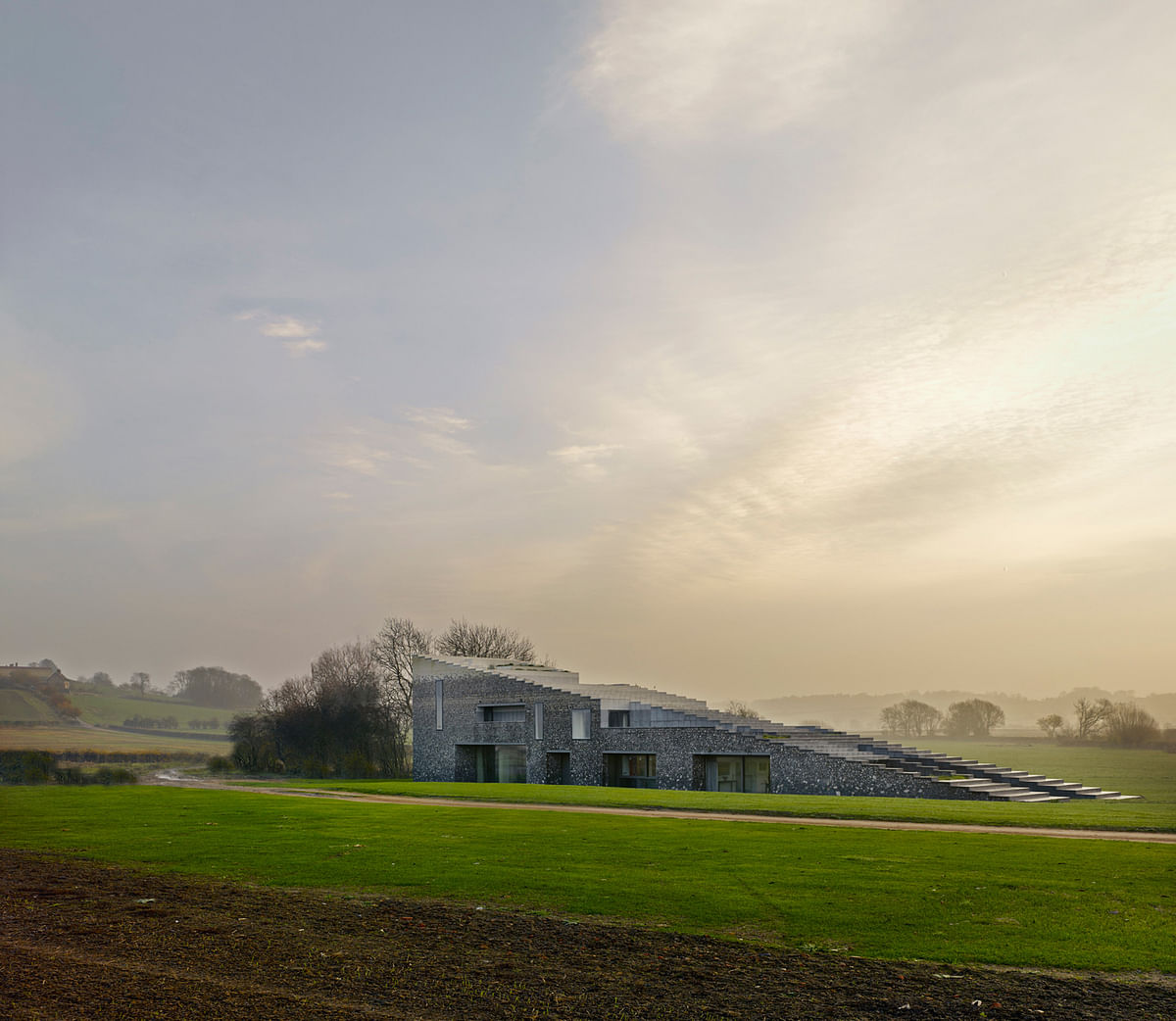
Related
Built atop the flint-surfaced landscape of the Waddesdon Manor in Buckinghamshire, the Skene Catling De La Peña-designed Flint House won the RIBA House of the Year award for 2015. The project was announced as the winner during the "Grand Designs: RIBA House of the Year" TV series on Britain's Channel 4. Formerly called the Manser Medal, the coveted House of the Year award still carries the same purpose of distinguishing the year's most innovative house designed by a UK-based architect.
The competition judges selected the Flint House out of seven shortlisted homes, which were individually featured in "Grand Designs" throughout the month of November.
Get a glimpse of the Flint House below.
"The house sits within the grounds of a wider estate and forms accommodation for visitors who include family members as well as artists. The building is split into two parts: the main house plus an annex. The building is constructed of masonry with flint cladding.
The project exemplifies a poetic narrative whose realization remains true to the original concept. The site is on a seam of flint geology and is surrounded by ploughed fields where the flint sits on the surface. The building is conceived as a piece of that geology thrusting up through the flat landscape."

RELATED NEWS Architects test their theater skills in the 24H Competition 11th edition
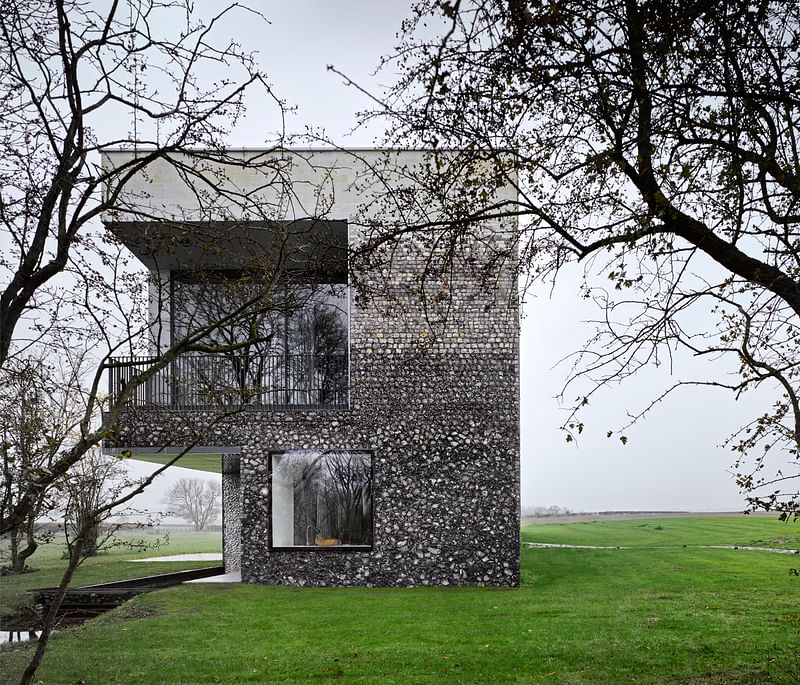
"The innovation and beauty of the scheme is particularly evident in the detail of the cladding that starts at the base as knapped flint and slowly changes in construction and texture until it becomes chalk blocks at the highest point. This gives both a feeling of varying geological strata with the building dissolving as it reaches to the sky. The architects worked with a number of specialist and skilled craftsmen to achieve the end result. The development is part of a wider artistic project that has involved engagement with artists, photographers and musicians."

RELATED NEWS 24H Competition 10th edition winners reinterpret everyday "metamorphosis"

"Internally the spaces carefully frame the landscape and provide a rich sequence of spaces including a small rivulet of water that snakes under part of the main house. Given the nature of the client and the brief, one might suggest that the project was able to push boundaries that many architects and clients would not be able to. But conversely, patronage has often been crucial in allowing the development of the arts and architecture."

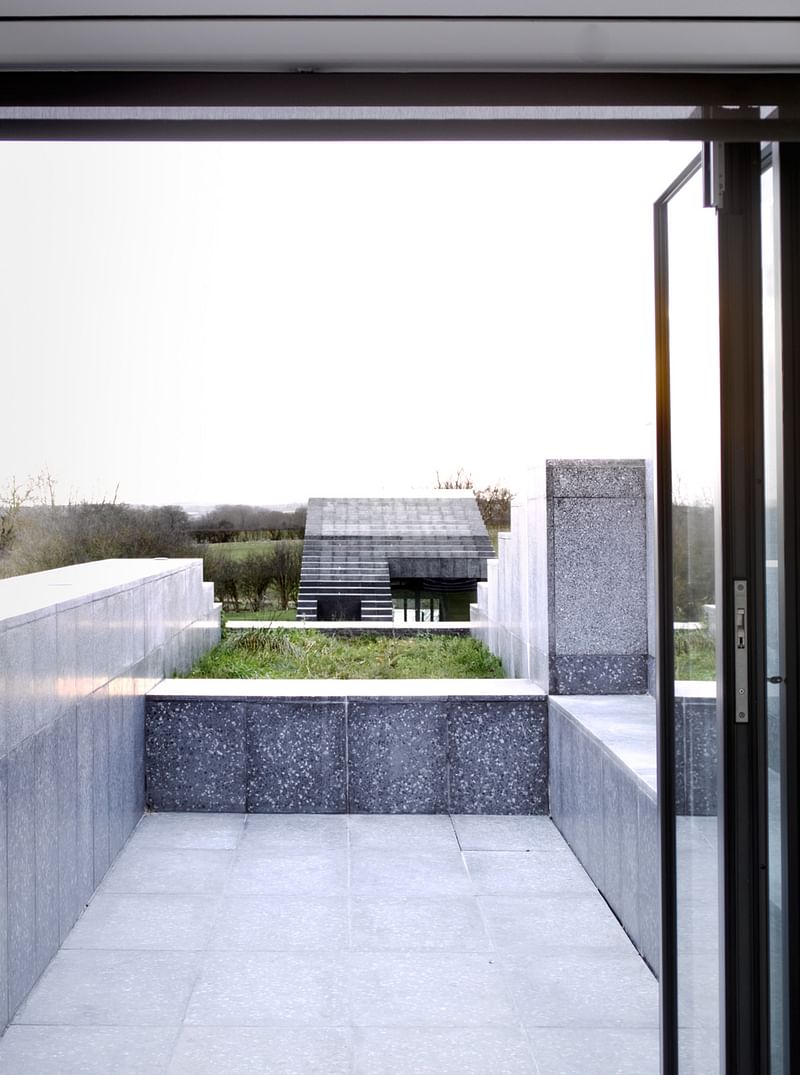
"The building is an example of an innovative piece of architecture that suggests a typology for the one-off house that is not an object in the landscape but is of the landscape; yet is not so deferential to nature, that it isn’t challenging, dramatic, and most of all poetic."
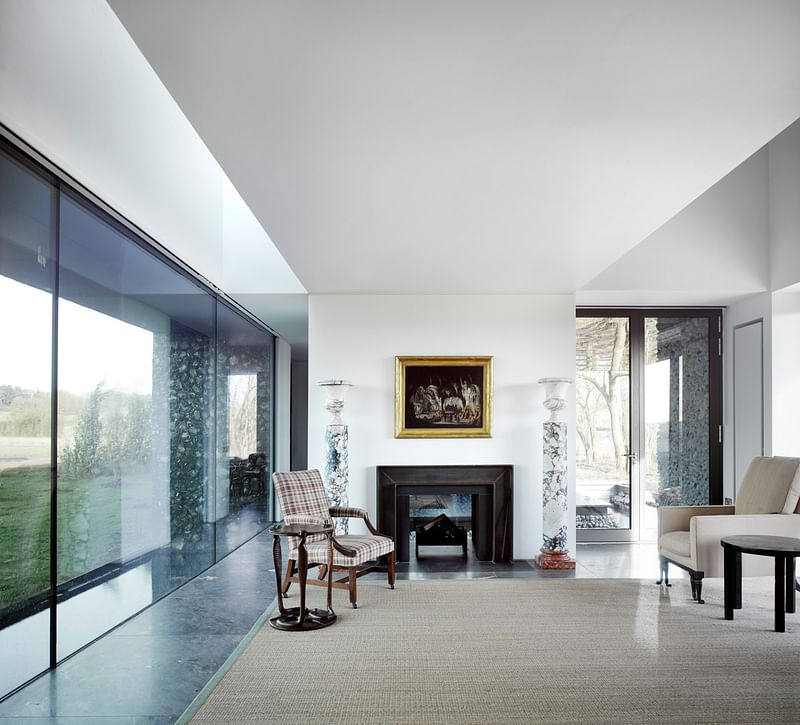

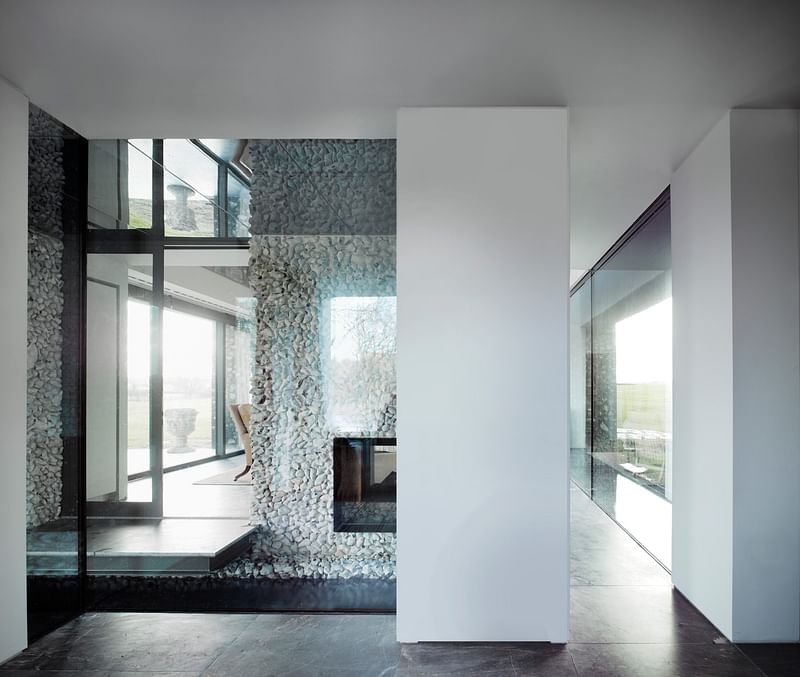
"Flint House stood out as a significant project from the initial submissions. The photographs of the building had a painterly, almost ethereal quality. Expectations were therefore high when the judges visited the building but remarkably that poetic quality was evident in the flesh. Of all the projects visited, it had the strongest narrative, passionately explained by the architect, and evident in the end result."

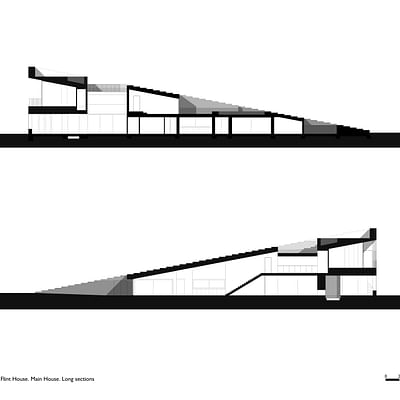




Share
0 Comments
Comment as :